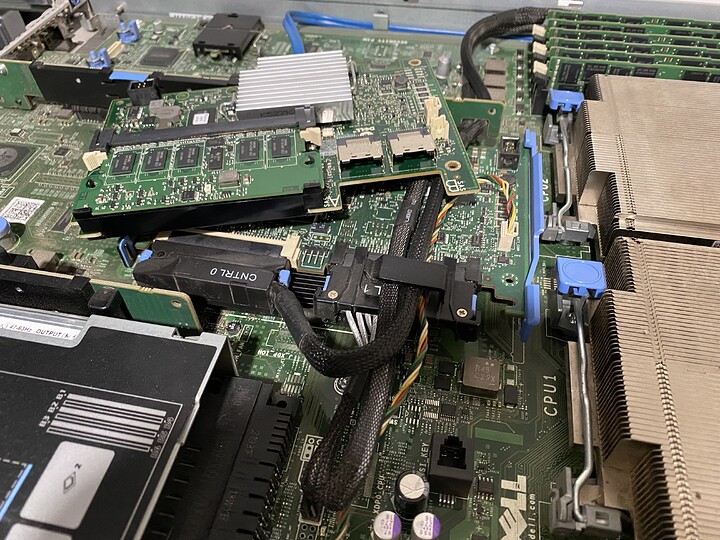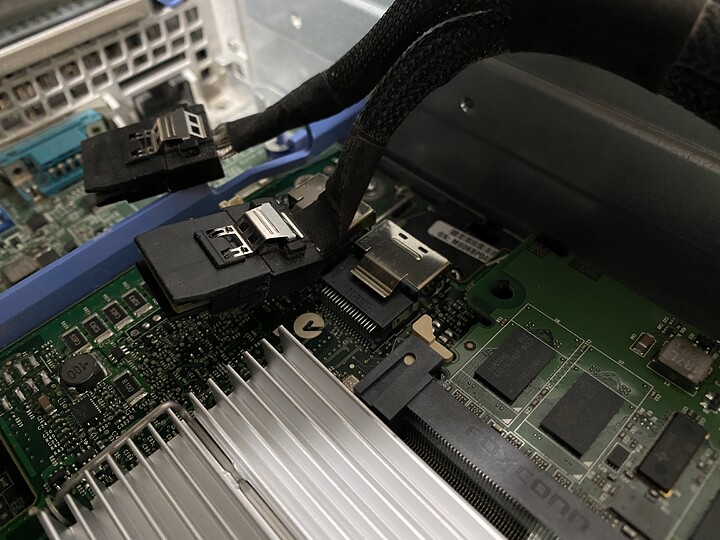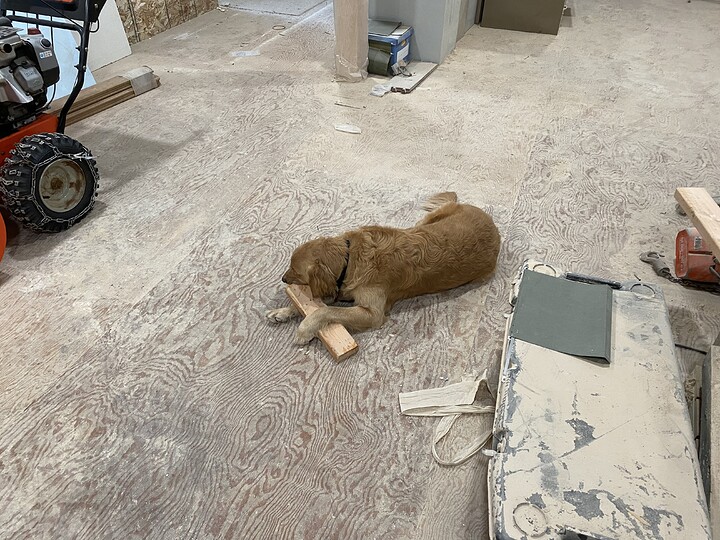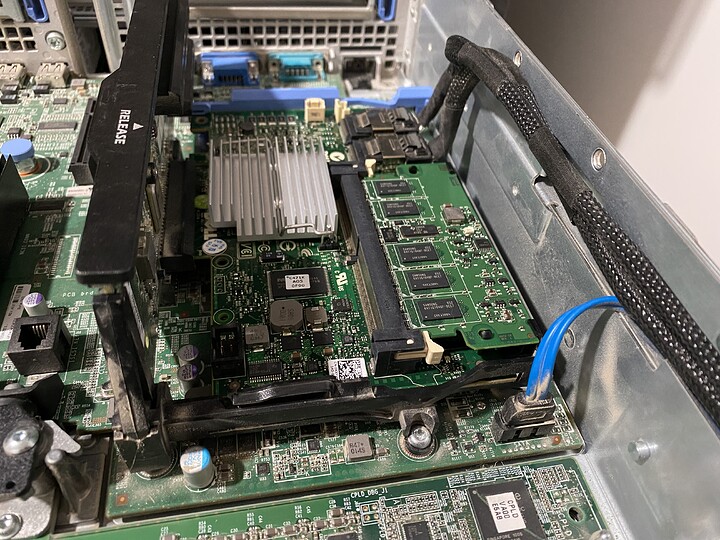Here’s an idea, I don’t see affordable LXC hosting. Linode has their LKE (kubernetes stack) for OCI containers, but it’s just not the same thing. And all the other LXC vendors are offering 1CPU / 1GB of RAM / 20GB of storage starting from $3.5 (usually $5 on average). I say that’s bollocks. If you can offer a 1CPU / 256 MB of RAM / 3GB of storage / 100mb up-down (best-case obviously) LXC container starting from $1, you’ll probably get lots of people and heavily disrupt the market.
This is definitely not enough for an Ubuntu install (which takes about 7GB, yuck), which is what you want. A bare minimal Ubuntu container takes about 740MB of storage and 35MB of RAM cold-booted. But it’s PLENTY for an Alpine container. I just created a default unprivileged Alpine container in Proxmox and tried bloating it a little with a few programs that I consider would be used by people: wireguard-tools, htop, (neo)vim, iptables, fail2ban, haproxy, certbot, wget, curl, tinyPortMapper, make, cmake, git, doas, tar, xz, bzip2, logrotate.
I managed to use a whopping… wait for it… 184MB of storage! Imagine that, a full Linux distro in under 200MB. Well, full is probably not right, but it’s definitely all you need. And it’s using 26MB of RAM with wg running!
I see a scenario where you open your own Wiki to tell people how to setup an Alpine container for self-hosting inside their own networks at home, but using this container as the gateway from the internet. I would recommend this everywhere. Get an Alpine LXC container and a domain name. Point the domain to the container’s IP in the DNS. Setup wireguard on the container and at your home, then connect your home router or VM or server to the container using the domain name. Then make the container listen to incoming requests from the Internet using tinyPortMapper and redirect traffic from itself through the wg tunnel to your infrastructure at home. But even without self-hosting, this can be a really cheap DIY VPN service, let’s see Mullvad or BoxPN offer VPNs for $1/month (I think they start at $2.99/month).
Obviously, teach people through the Wiki to set iptables to be very restrictive and set fail2ban to block IPs that had too many failed login attempts. I imagine this could be even more attractive if you include subdomain names in the price, say for example subdomain.tinyselfhosting.com - the domain itself is available for $10, grab it before someone else takes it I guess. You allow people to create their own subdomain names, have a small container to access their self-hosted stuff securely from the Internet (and allow others to) and you take away resource usage from your own infrastructure. RAM isn’t hard-wired to a VM, LXC uses as much RAM as it needs, so you can cram lots of containers on 1 host. Not to mention the CPU.
This kind of setup is pretty banging, I’m almost tempted to do it myself by borrowing a VPS (would make a nice, albeit small profit which would basically be passive income). By not giving 1Gbps, you restrict heavy usage like torrenting, but still allow for some basic video streaming for 1 to 4 people, or lots of website visitors to 1 server.
Since it will be very cheap, customers may want to stick with you and pay more for other stuff, because they would be saving up to $4/month which would have been spent just on a VPS alone otherwise. You can then come with a backup service a la Amazon S3 by using MinIO. If you offer backup solutions to your customers for cheap (dunno how much is backup storage lately, should probably check backblaze), they will probably take it. The backup service could be priced similar to the competition, just to earn more margin which you will probably need.
Hope you make good use of the idea, it’s a market segment that probably awaits lots of Linux people, which could help you build a “community” (or something like that) around your hosting services. As mentioned, have a Wiki in place and also make a forum. I don’t know, I wouldn’t be using Discourse for something like that, CentOS Forums use phpBB. Maybe if you want to have a cool kids forum, use Pleroma or Friendica (would probably not recommend though), but here you can find lots of forum software (alongside other inspirational ideas).







 comments, because I reached my daily limit.
comments, because I reached my daily limit.